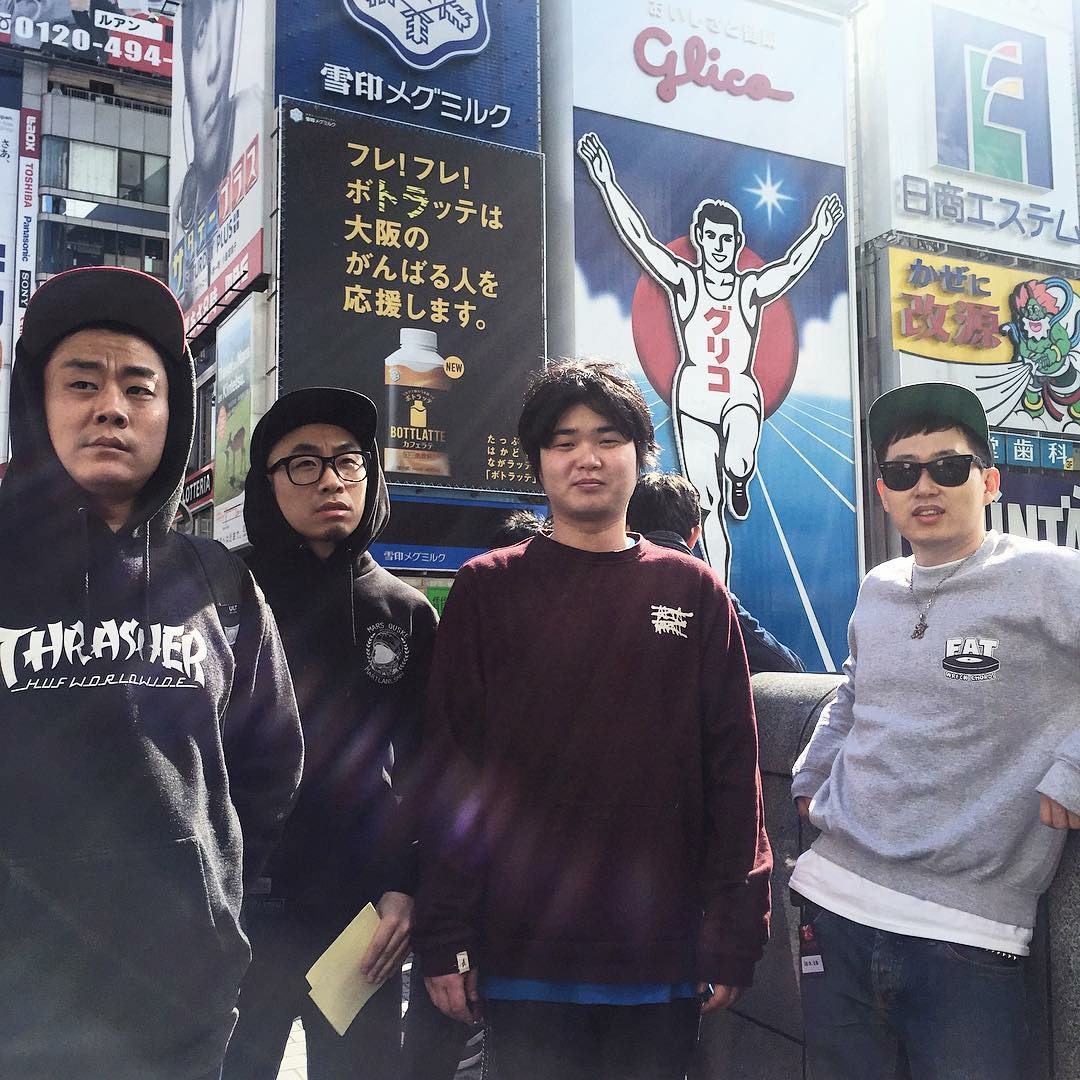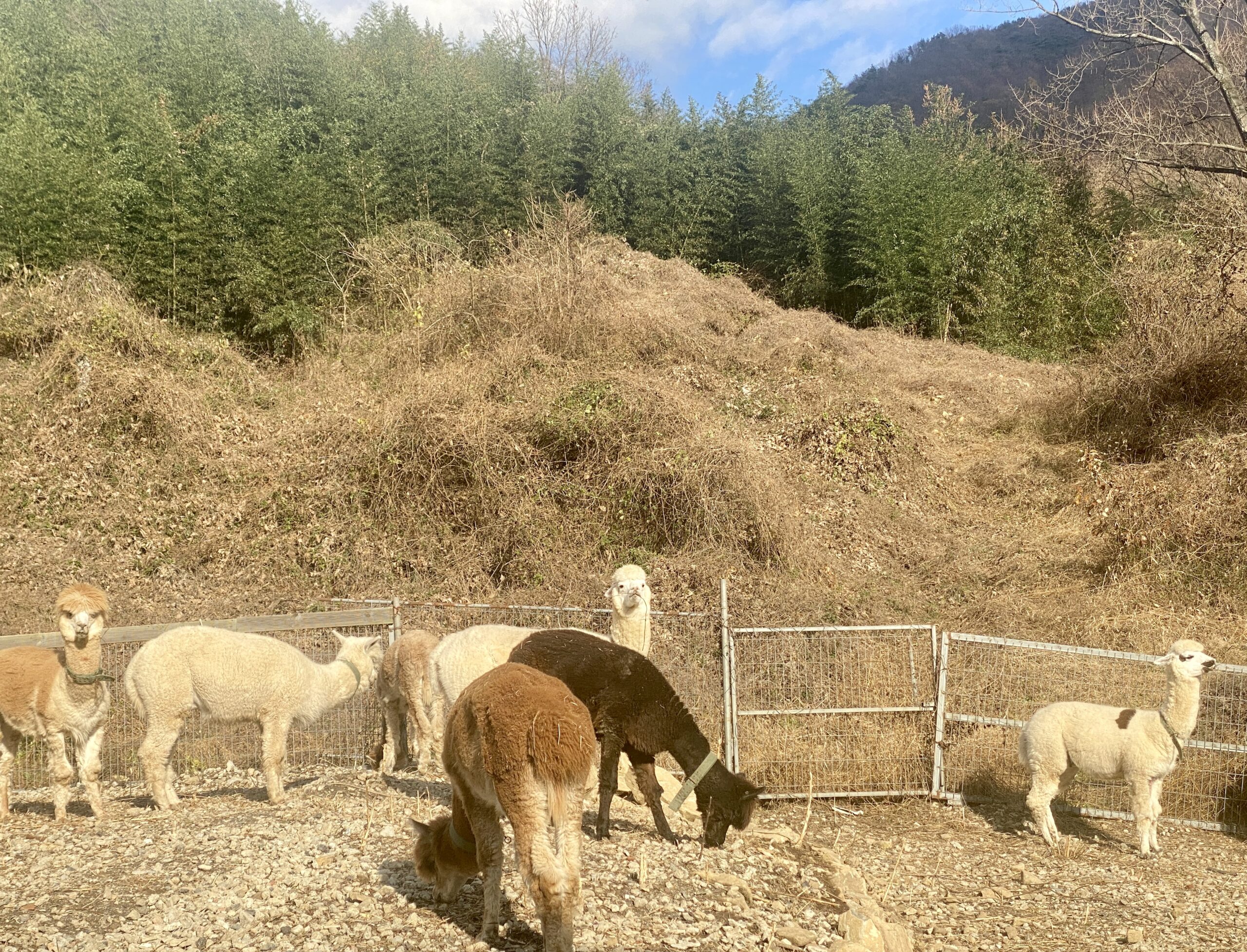Buddha’s Birthday
Special Thanks to Oh Won-seok and Jeremy Azurin
Photos By: Joe Wabe

Buddha’s Birthday is a holiday celebrating the birth of Siddhartha Gautama, whose “Third Way” is still believed by many to be the salvation of the world. The celebration is also translated into Korean as “The Day That Buddha Came.”
This national holiday is celebrated in temples and parks all across the country by hanging lines of colorful lanterns. Do-yo Seunim (pictured) is the head monk at the Wongak Temple in downtown Gwangju. He says that there have always been regular events and religious rituals on this special day, but it was not until these events were combined with popular culture that it became more of a festival for the people and the community.
Buddha’s Birthday is held on the eight day of the fourth month, according to the lunar calendar, which falls on May 6th this year. Most temples have several traditional events and rituals starting a month prior to the date. One of the earlier events, the Lotus Lantern Festival, is usually held during the second half of April.

According to the Visit Korea Organization, “Yeondeung, which means ‘lantern lighting’, is an important ritual in Buddhism that pays respect to Buddha, and in Buddhist beliefs, lanterns symbolize wisdom since they bring light to the world.” The first sights of the lotus lantern festival appeared on the Korean peninsual during the Goryeo and Joseon Dynasties. They have been preserved through rituals across the country since 918 A.D.
At the time of the actual ceremony, worshipers can make offerings, bathe Buddha statues and create their own lanterns. “Yook bub Gongyang” is an offering of six items to the Buddhist altar: a lantern, incense, flowers, fruits, tea and rice. By offering these goods to Buddha as well as to their parents, teachers, elders and the holy spirits, worshipers are believed to build good karma.
The blissful bathing of Baby Buddha (Siddarhtha) is a sight; one can witness processions of people waiting to partake the birthday ceremony. Do-yo Seunim explains, “Pouring sacred water on Buddha’s head comes from the ancient Indian ritual. Once in India, when there was a new King, holy water would be poured upon his head, and Siddharta was once the son of a king. And now, pouring water means purifying one’s bad karma.”
Ordained in 1995, Do-yo Seunim has practiced the Buddhist religion for almost 20 years. He stayed in New York in 2002 and moved to Tianjin, China in 2003. After moving back to Korea and making his home in Gwangju, he can now be seen speaking English with international guests who enter his temple, often inviting them to participate in a tea ceremony.
Another monk in the temple, So-yo Seunim, states that everyone is welcome to watch the rituals and participate in the offerings, prayers, karma points and the bathing of Siddarhtha during the first May weekend this year. Wongak Temple will have a lantern-making day on Saturday, May 4th, from 10 a.m.- 5 p.m. for Buddha’s Birthday. If you visit, make sure to greet Do-yo Seunim!




